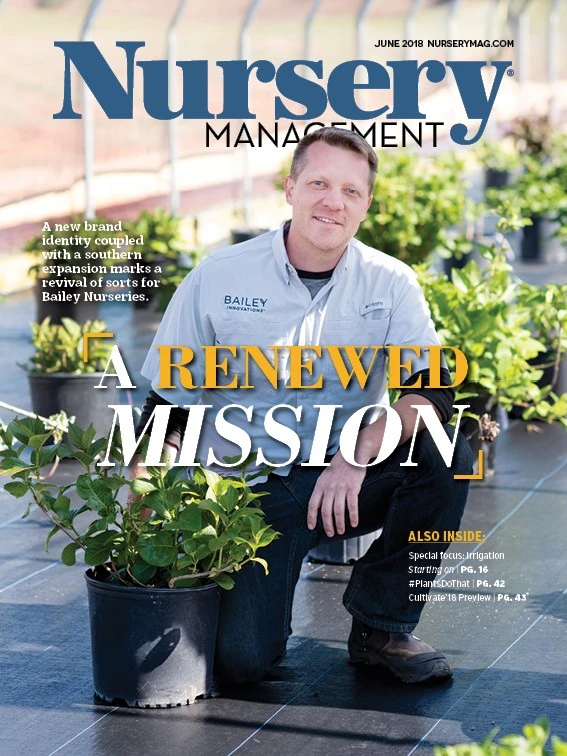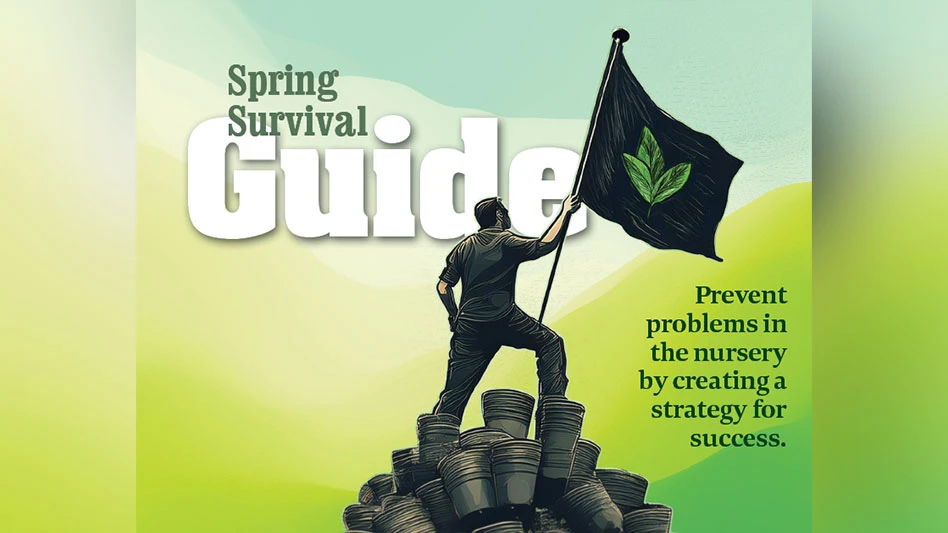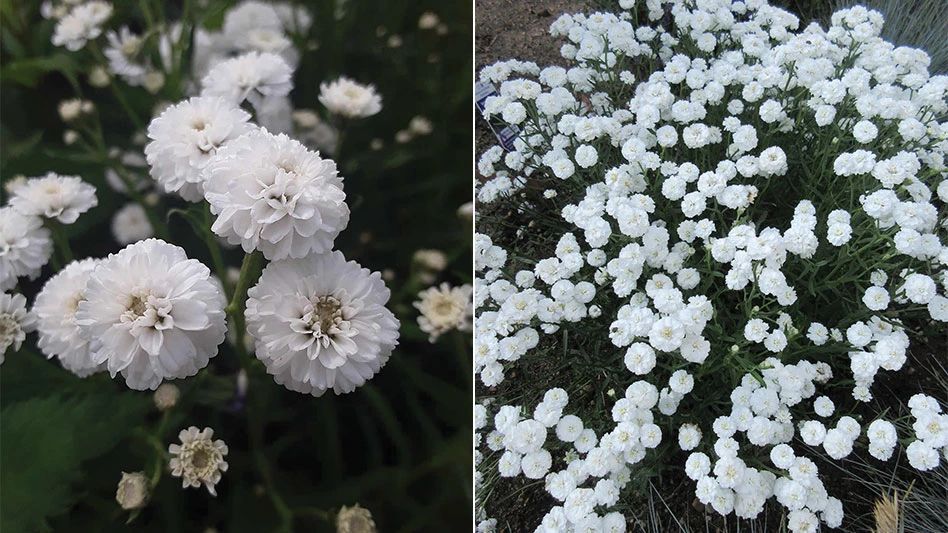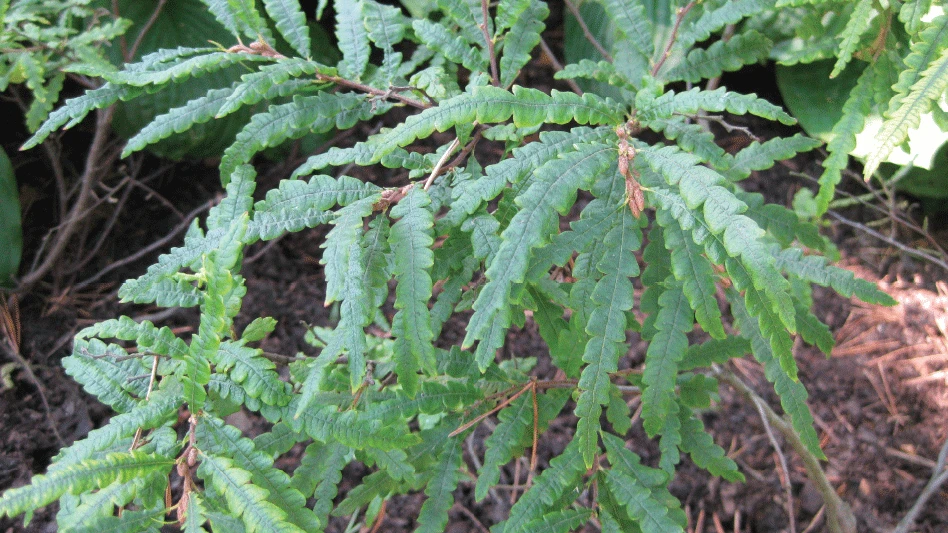
Weed management in container nursery crops can be costly. Some research estimates overall costs, including herbicides, labor for application, and hand weeding, can be over $4,000 per acre. Growers in the Southeastern U.S. utilize multiple applications of herbicides each year, yet labor to hand weed pots continues to be a significant expense. Dr. Joe Neal, professor of weed science at North Carolina State University, will speak at Cultivate’18 about strategies growers can use to reduce overall weed control costs.
NM: How can growers reduce weed control costs?Neal: Decreasing overall cost really means decreasing hand weeding labor. That’s the largest cost to production in terms of weed control expenses. Many growers worry when they pay that bill for the herbicides because the herbicides are not cheap. They can be fairly expensive. But what growers have to remember is the labor cost of not getting good weed control is much more expensive than any of their herbicide costs.

NM: So what is the first step in achieving good weed control? Neal: It begins with selecting the right herbicide for the season and the crop and for the weeds that are present at that site. There are a lot of things that go into that decision-making process.
No. 2: use those herbicides well and wisely. It will surprise a lot of people to realize how poorly the herbicides are applied. The distribution of herbicides applied with our standard equipment – belly grinder or granular applicators – the uniformity of that application is very poor. The guidelines of how to use these applicators have, for the most part, been incorrect. From one pot to the next if you get half a dose on one pot and twice the dose on the next pot, you’ll run the risk of poor weed control in one and some crop stunting in the other. In my session, I’ll be talking about how to get as uniform an application as you can get with this equipment.
What growers have to remember is the labor cost of not getting good weed control is much more expensive than their herbicide costs.NM: How can growers combat the application problem?
Neal: Regardless of which herbicide you use, it’s not going to be 100 percent effective. I will show some of our research-based data to explain why that is. It’s not always due to poor application or poor product choice. In container nurseries, the herbicides dissipate more rapidly than they do in typical field soils. You have to make reapplications, but in between the applications, weeds do germinate. The latest research data I’ll be showing is the importance of an emphasis on sanitation. Keeping the weeds from establishing and spreading is more cost-effective than cleaning up weedy pots. Again, this is one of those things that intuitively we understand but in
Neal: On my website (https://weeds.ces.ncsu.edu/cost-effective-weed-control-in-container-nurseries/), you can find information on granular applicators, the impact of product selection, and how adjusting hand-weeding frequency can reduce your total weed control cost by – on average – a 40 percent reduction in labor cost. Who wouldn’t want to save 40 percent in actual labor cost? But it requires a real shift in management philosophy.
NM: How did the idea for this research begin?Neal: It came about from talking to growers. There are certain growers that just couldn’t stand looking at weeds. They implemented these strategies, started keeping track of the
Want to go? “Weeding Out Weed Control Costs in
Get curated news on YOUR industry.
Enter your email to receive our newsletters.
Explore the June 2018 Issue
Check out more from this issue and find your next story to read.
Latest from Nursery Management
- Dümmen Orange North America celebrating 25th anniversary in 2025
- Redesigning women
- Illinois Landscape Contractors Association changes name to Landscape Illinois
- 2025 Proven Winners Horticulture Scholarship applications now open
- ICL’s Gemini Granular herbicide now registered for use in California
- Eurazeo Planetary Boundaries Fund acquires Bioline AgroSciences
- The Leading Women of Horticulture
- Leading Women of Horticulture: Dana Massey, Plantworks Nursery






